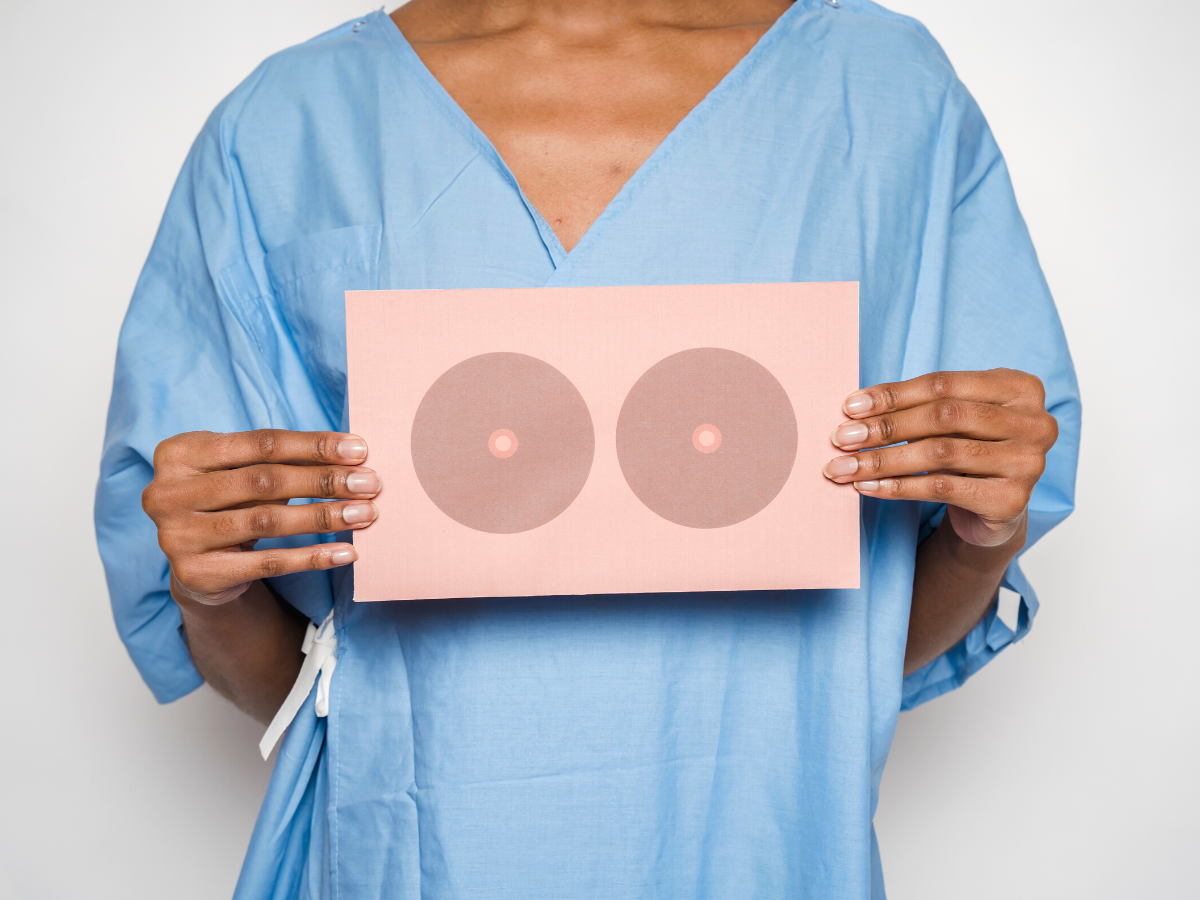NHS Digital recently audited the NHS website to examine the inclusivity – or lack thereof – in their content about skin conditions. The numbers were startling:
‘Out of 75 pages about skin problems, only 7 described various skin tones.
Out of 61 pages with images, only 3 included an image of non-white skin.’
Any quick Google search of a skin condition will yield multiple pages of images, very few of which will be non-white. If you search for ‘chickenpox’ it is possible to scroll through hundreds of images and only find two examples of its appearance on non-white skin – and one of those is of a child in Africa.
There are very few examples on the NHS site and beyond of what skin problems and conditions look like on other skin tones. This presents issues for the general public and medical professionals alike – how are people supposed to identify skin symptoms if they have no point of reference?
An issue of safety and equality
Malone Mukwende, a medical student and Founder of BlackandBrownSkin, found that all of his clinical training focused on clinical signs on Caucasian patients. This left him wondering how he would diagnose these skin conditions on himself, let alone future patients. ‘The medical care you receive should never be compromised due to the colour of your skin,’ Mukwende commented, touching on an incredibly salient point: this is not only a question of representation but a question of safety.
If all the available images of skin conditions depict them on white skin then doctors will not be able to diagnose skin conditions on non-white skin nearly as efficiently. Improving the images available to doctors will improve the quality of their training, and making these images available to the public will help people support their own health and know when to seek medical attention.
The NHS has acknowledged the significance of this lack of representation and is taking steps to address it:
‘People whose skin tone is not represented in our content do not have the same opportunity as people with white skin to recognise symptoms and understand what they need to do next. This is both a clinical safety and a health inequality issue.’
They have conducted research into how best to improve their content and since created a content style guide for future material.
Inclusive imagery
The lack of diverse imagery on the NHS site is not entirely the fault of those who created the skin symptom guides, the root of the issue lays far deeper. The NHS has contacted the image suppliers they use to request more inclusive imagery but there has so far been a lack of diverse images available for use from these mainstream sources.
Outside of the main medical image libraries, independent projects have arisen to address the gap in inclusive content. Mind The Gap, co-authored by Malone Mukwende, is a clinical handbook of signs and symptoms in black and brown skin that was created to highlight – and start to fix – the lack of diversity in medical literature and education. The team behind the book knows that this is not an issue that can be solved overnight so hope to regularly release updated editions.
Creating inclusive imagery includes creating suitable alt-text for visually impaired users and providing descriptions that don’t rely solely on how skin conditions look:
‘People with a visual impairment found it helpful when we included descriptions that weren’t visual, such as how a skin symptom feels to the touch, and the shape, pattern, size, and texture of it. They also appreciated descriptions of the sensation of how it feels, for example, if it hurts when touched.’
This detail may not all fit in the alt-text of images (some screen readers can only read alt-text of up to 125 characters) so needs to be included in the body of the content. Adding this to the main body also means visually impaired people can engage with the same text as everyone else. In addition, these descriptions help identify the conditions on black and brown skin as they don’t rely on those typical white-focused visuals.
Inclusive language
The NHS surveyed users of its website to determine the wording they would use in further publications; ‘“Brown” was considered helpful, direct, specific and captured a range of skin tones, whereas “Dark skin” was considered vague, subjective and unclear.’ Engaging with users to seek out the language they prefer to use to describe themselves is a perfect example of how to place inclusive practices at the centre of the design process.
In their updated content guidance, the NHS encourages creators to prioritise the symptoms that affect everyone equally, such as the texture, location, and other symptoms such as high temperature. By putting this first, it is possible to sidestep the current issue of the lack of inclusive images available in NHS image libraries.
The NHS guidance on creating inclusive content is not set in stone and they are open to further discussions and contributions regarding how they can improve their content:
‘Based on these learnings, we’ve started using the term “brown and black skin” instead of “dark skin” or “darker skin”, but we’re keen to hear from other teams working on skin symptom content.’
The guidance itself contains multiple contact options for the team which makes it clear that the promise of ongoing updates based on community feedback is genuine. Other initiatives, such as Mind The Gap, also welcome community contributions and are always seeking further content.
Recommended for you

Antidepressant Prescribing at Six-Year High
More people are taking antidepressants than ever. Is this a dark sign of the times or an indication that mental health stigma is changing?

Can AI be Used to Determine Cancer Recurrence?
When cancer patients go into remission, they often worry about it coming back. AI can now help identify those at risk of cancer recurrence.

Pegasus – Still a Threat to the UK?
The notorious Pegasus spyware has been misused to exploit vulnerabilities in devices, even those kept within the walls of Number 10.
Trending

Drug Decriminalisation: Could the UK Follow Portugal?
Portugal’s drug decriminalisation has reduced drug deaths and made people feel safe seeking support. Would the UK ever follow suit?

Calling All Unvaccinated UK Adults
With Covid cases rising, the NHS is urging the 3 million UK adults who remain unvaccinated to come forward.




